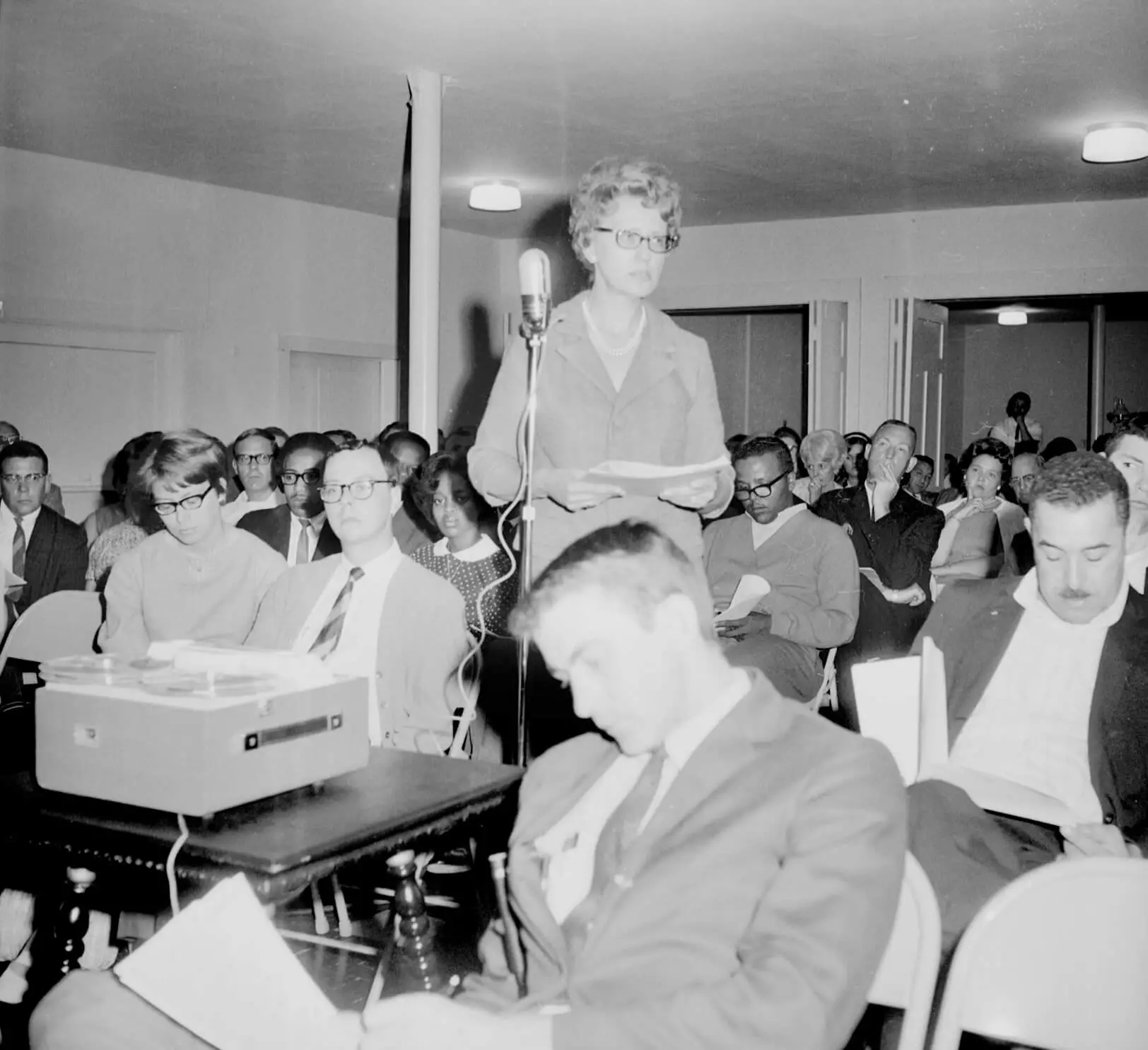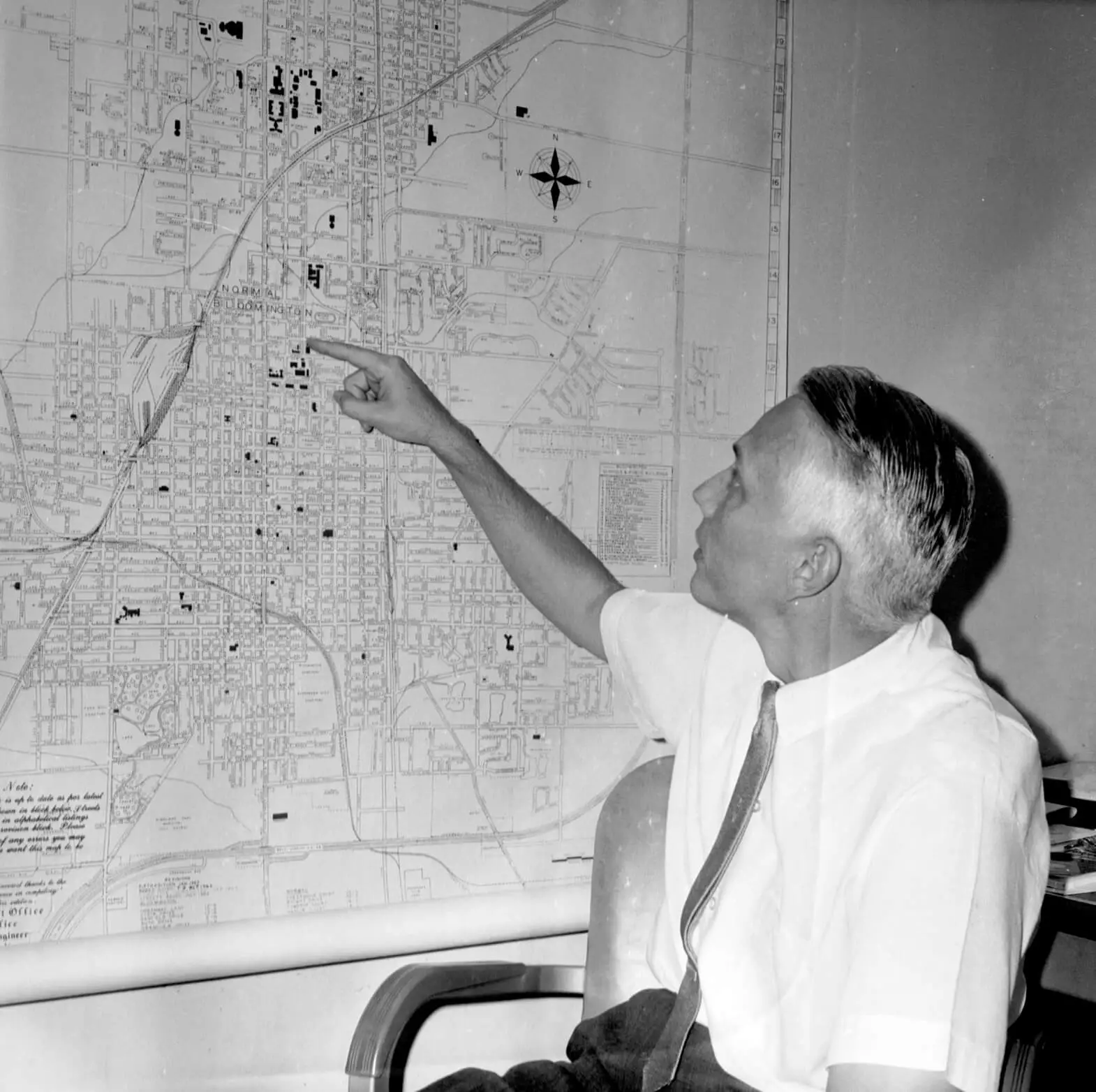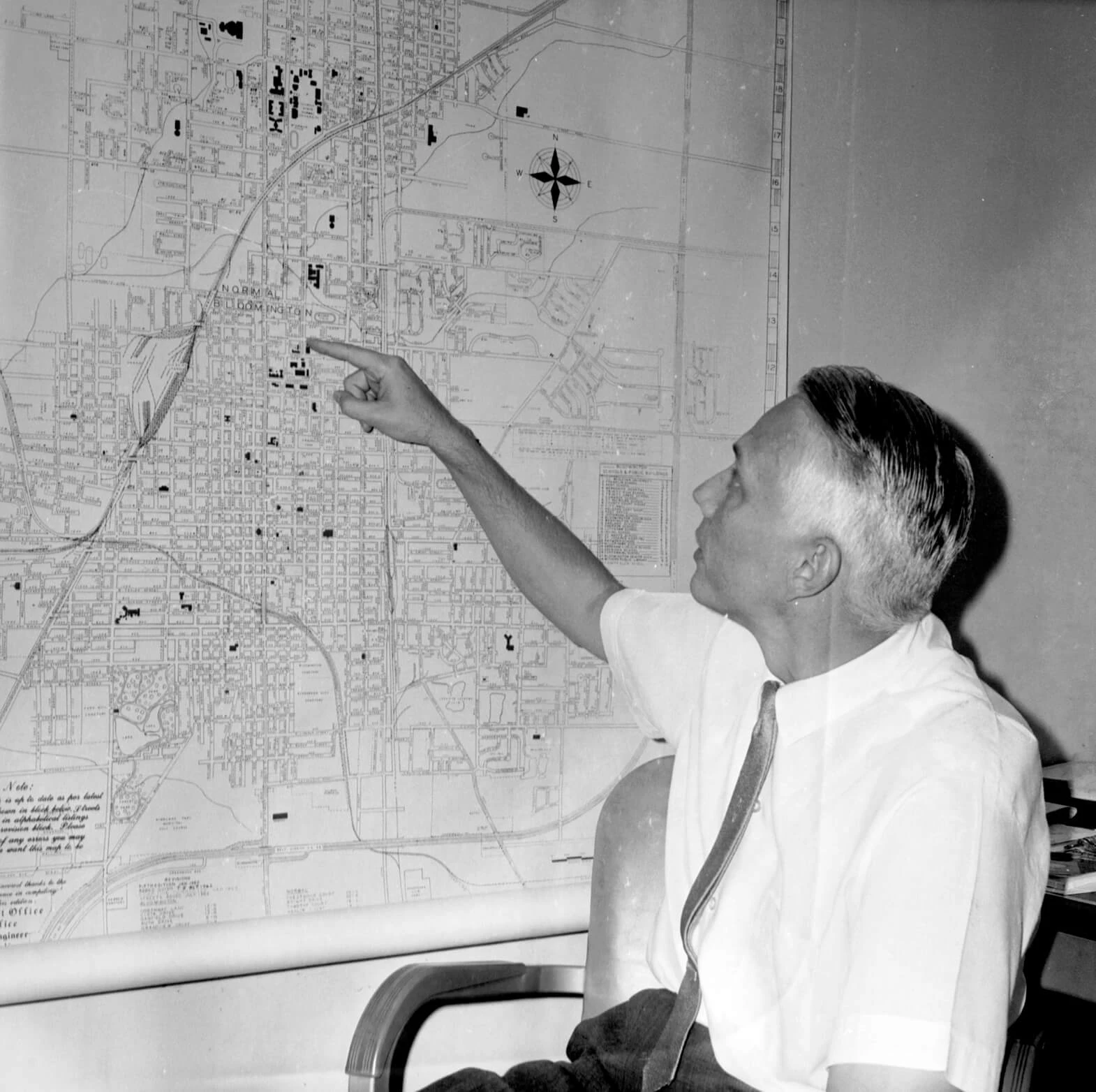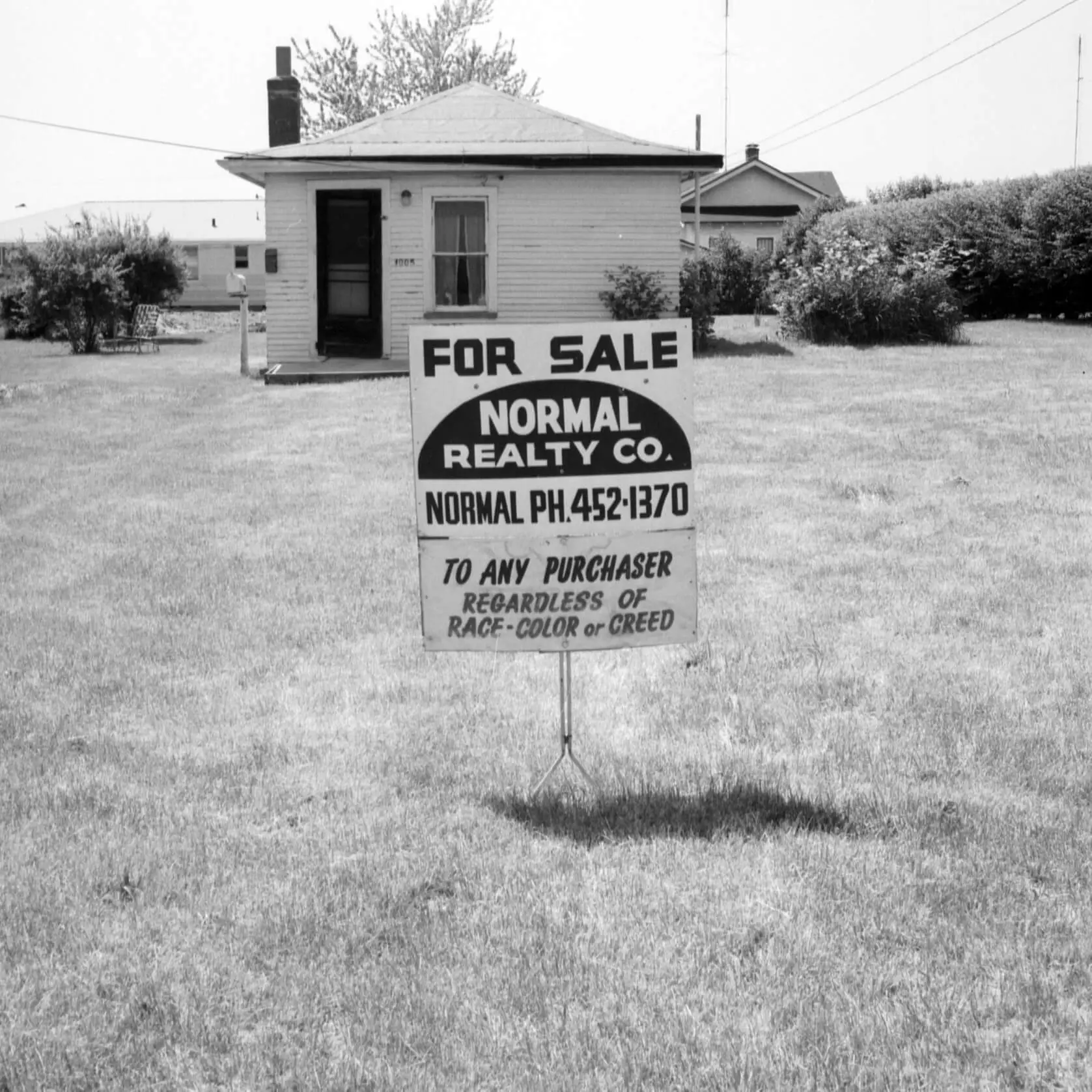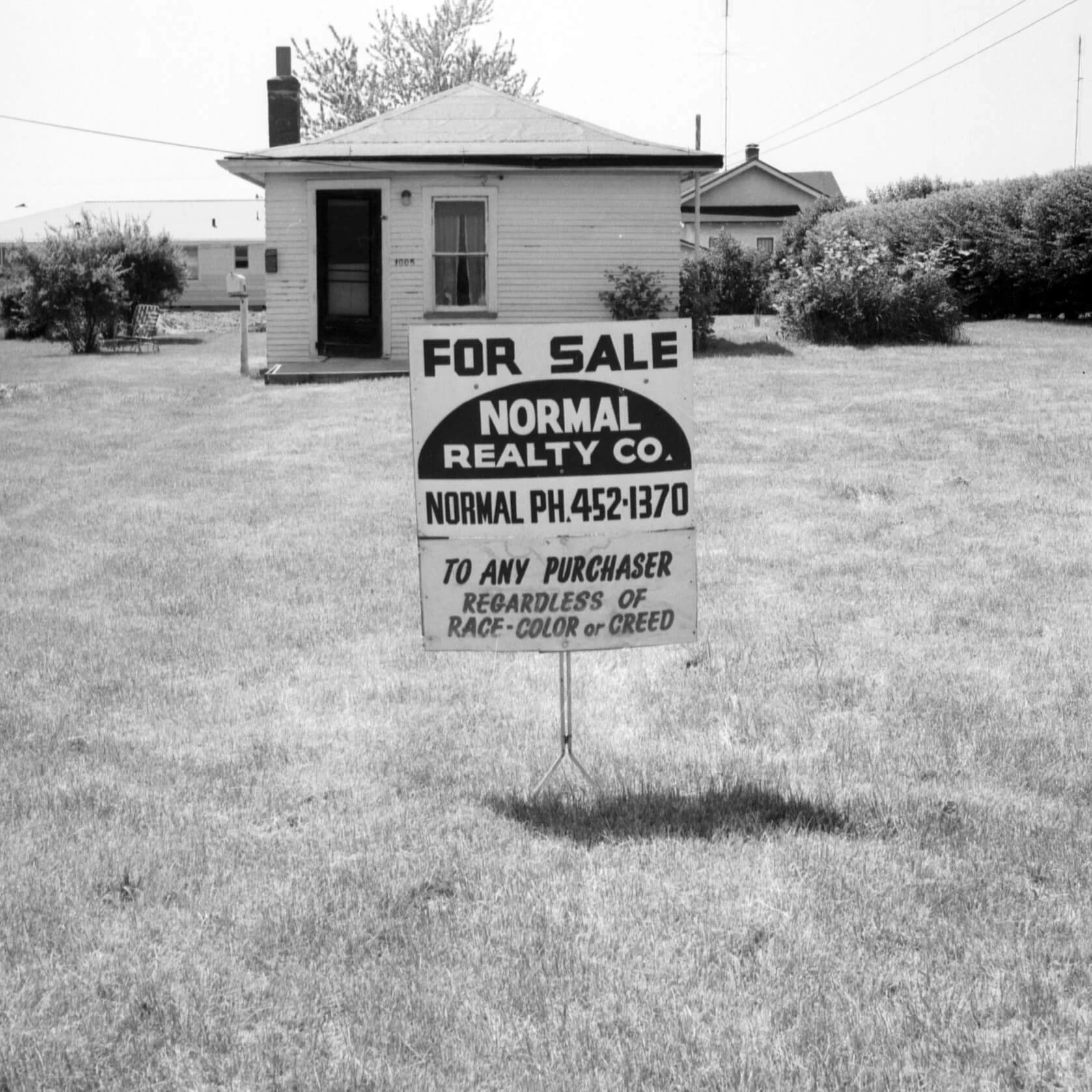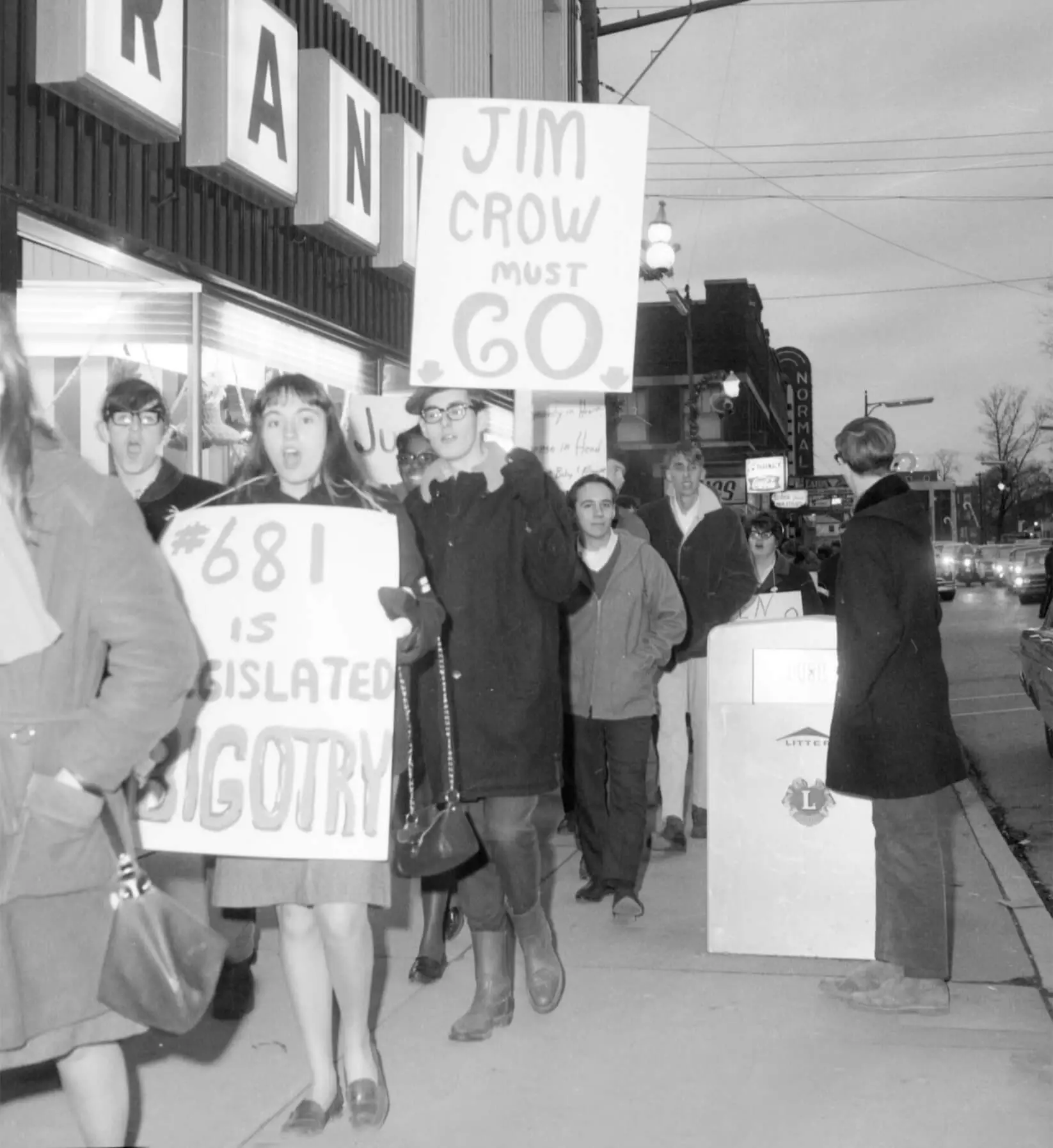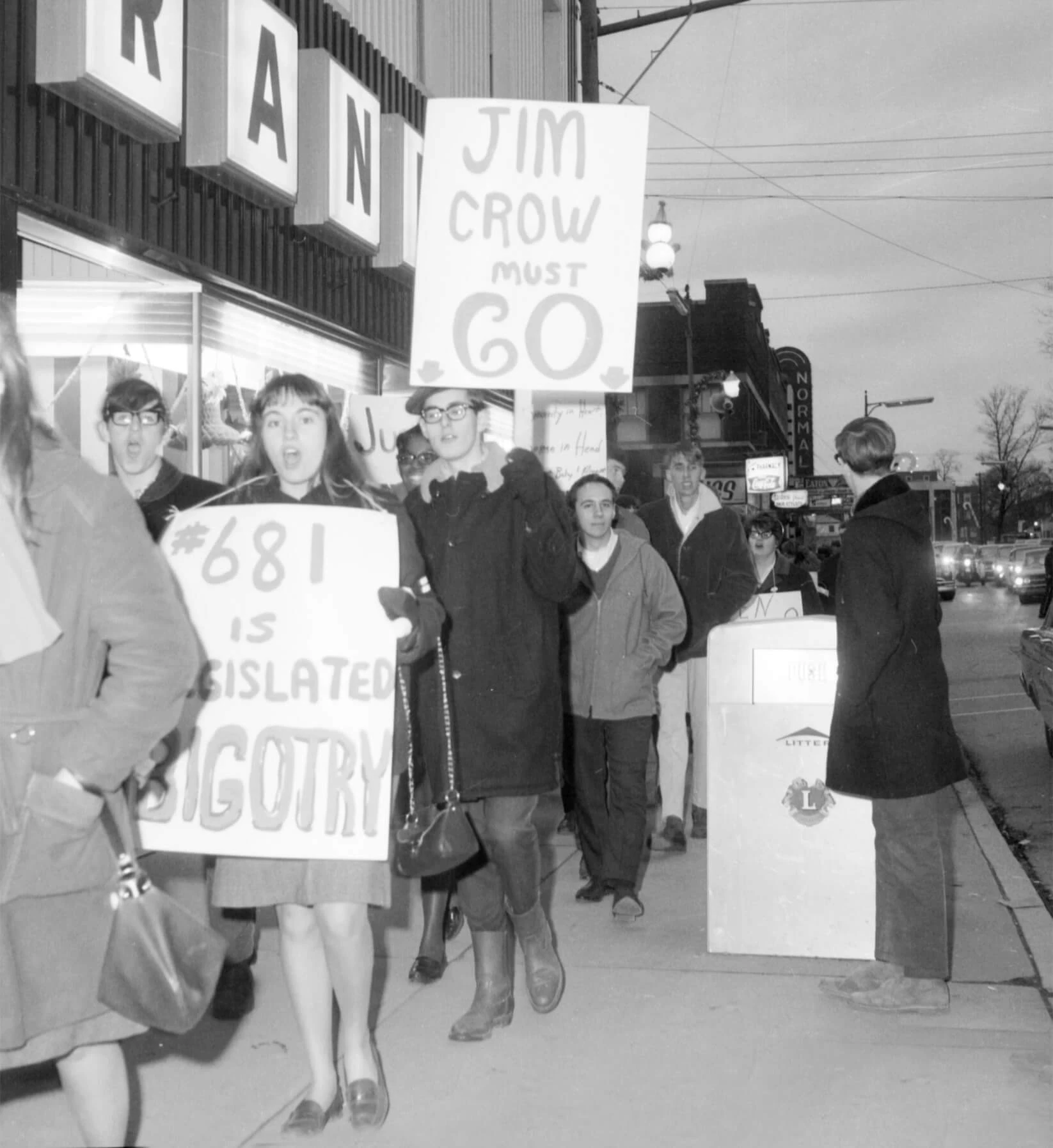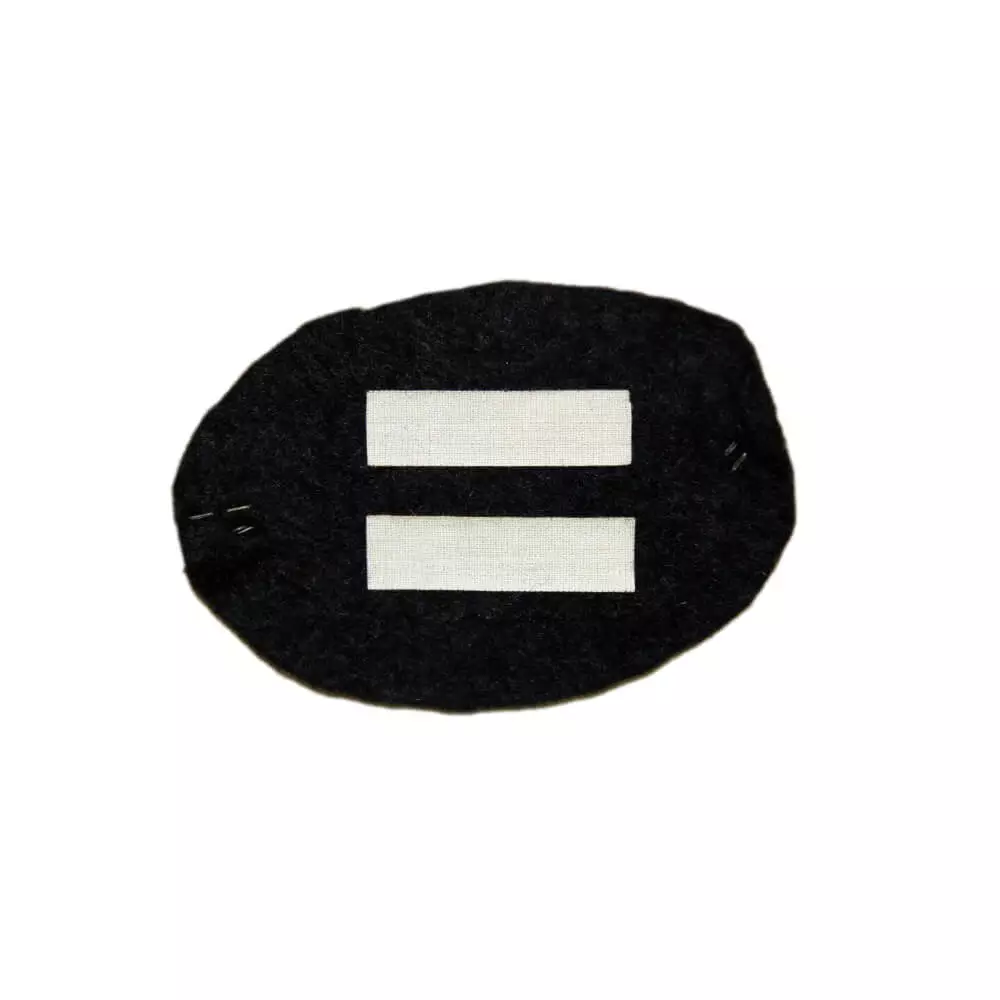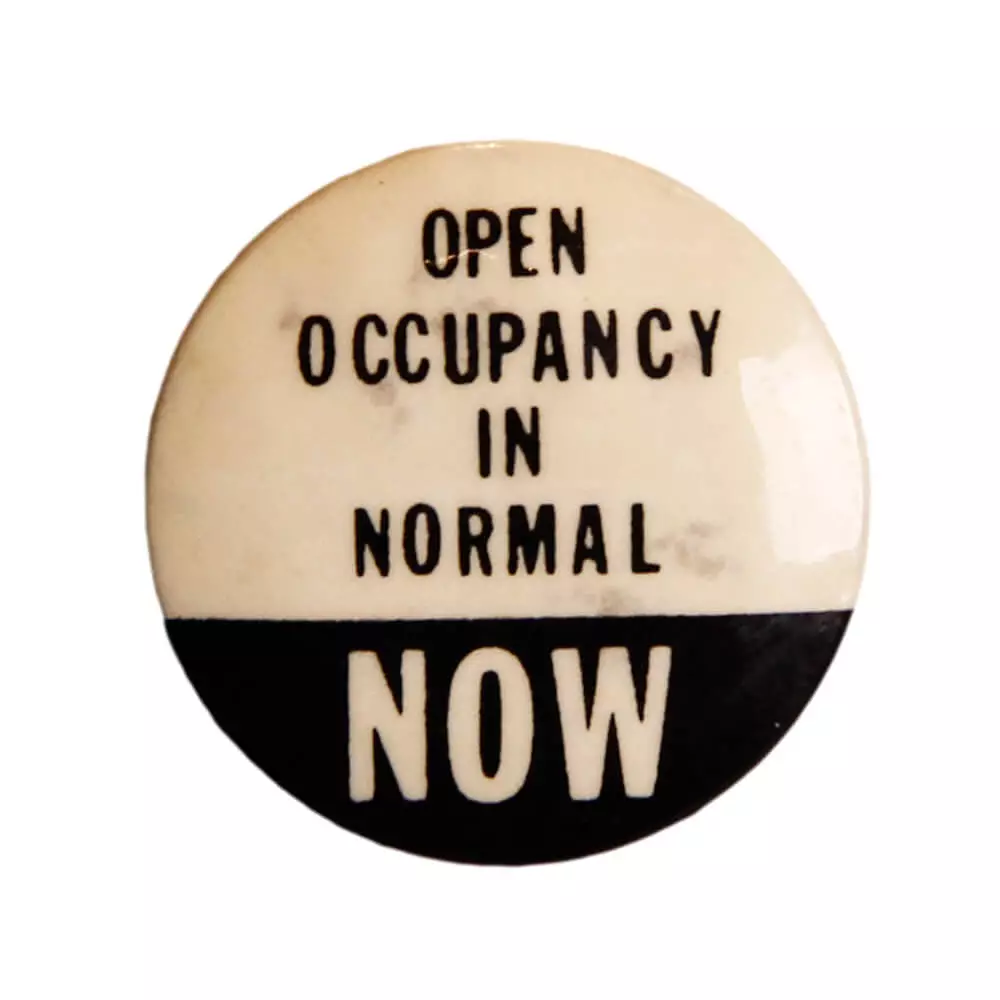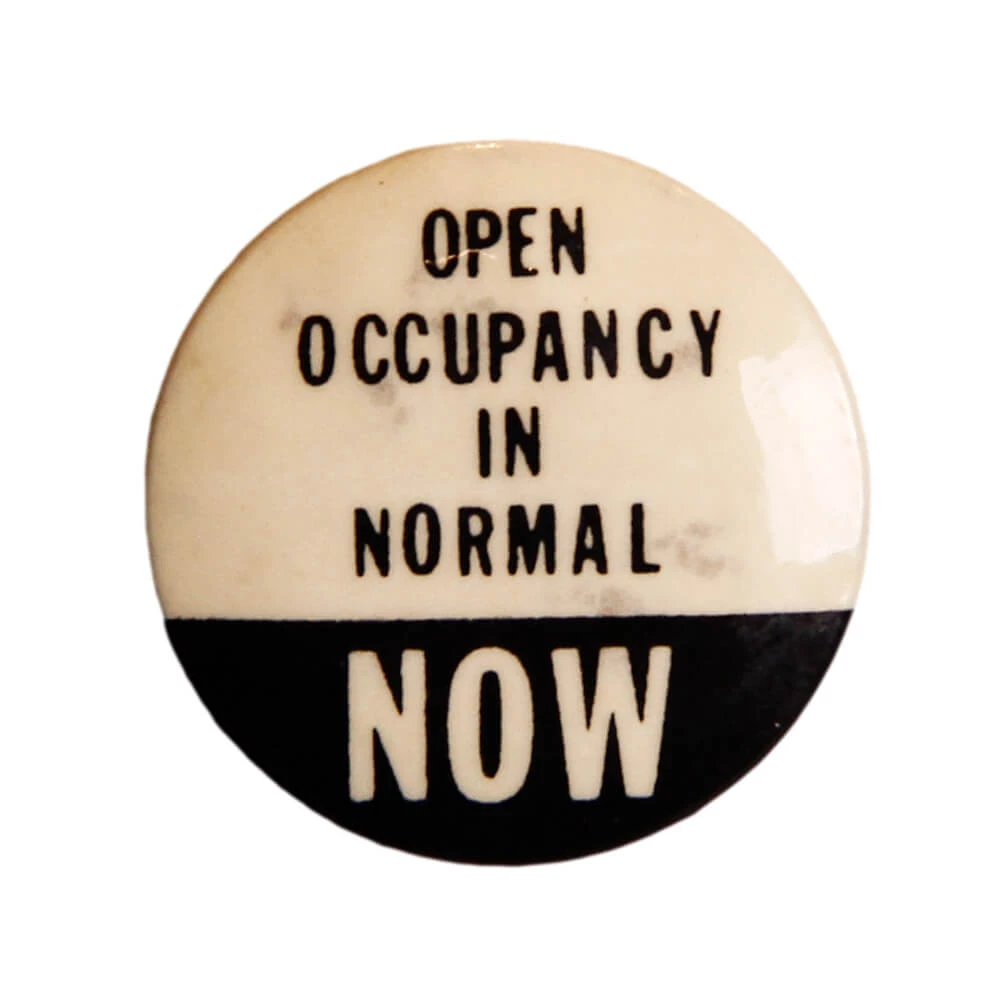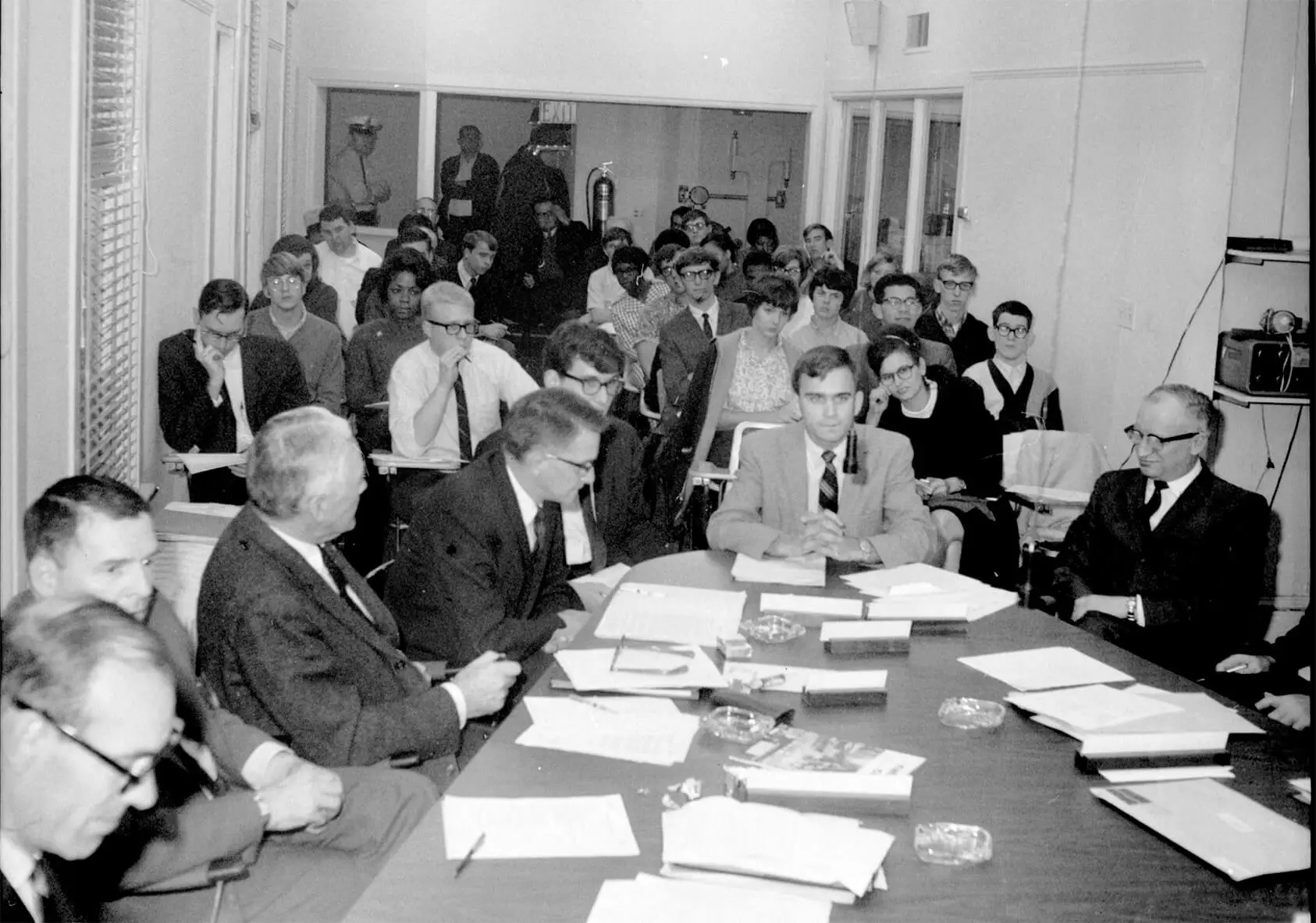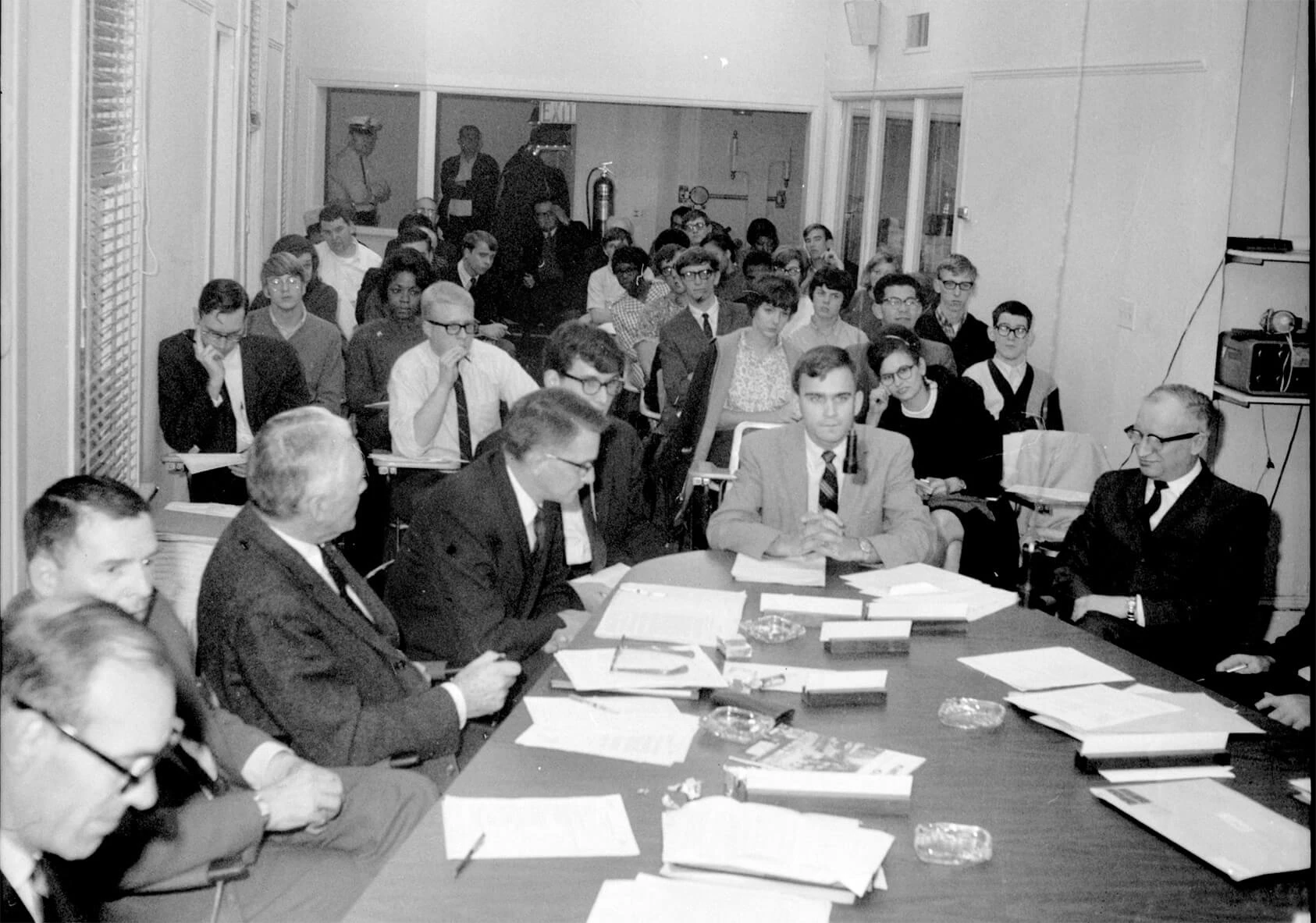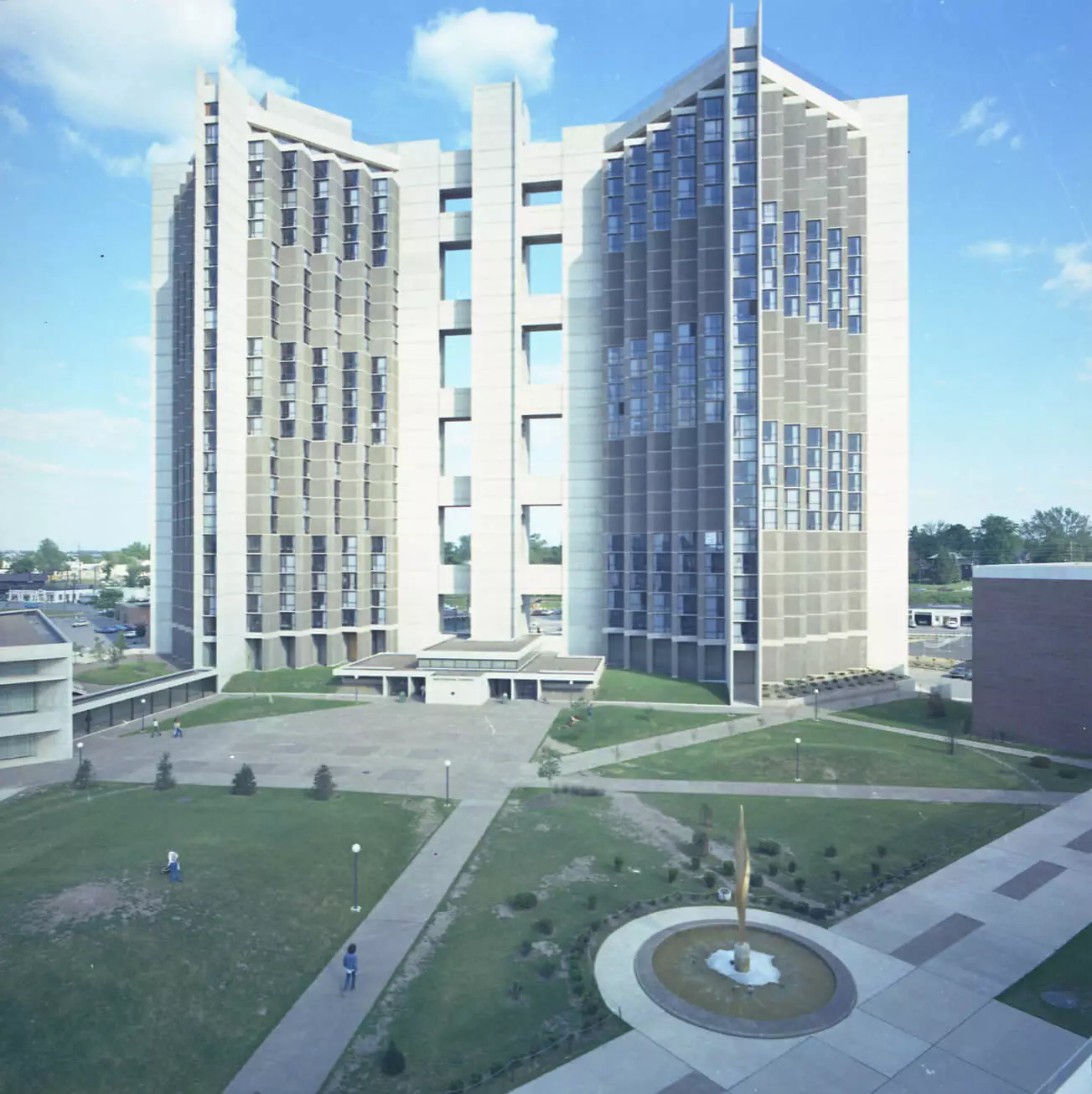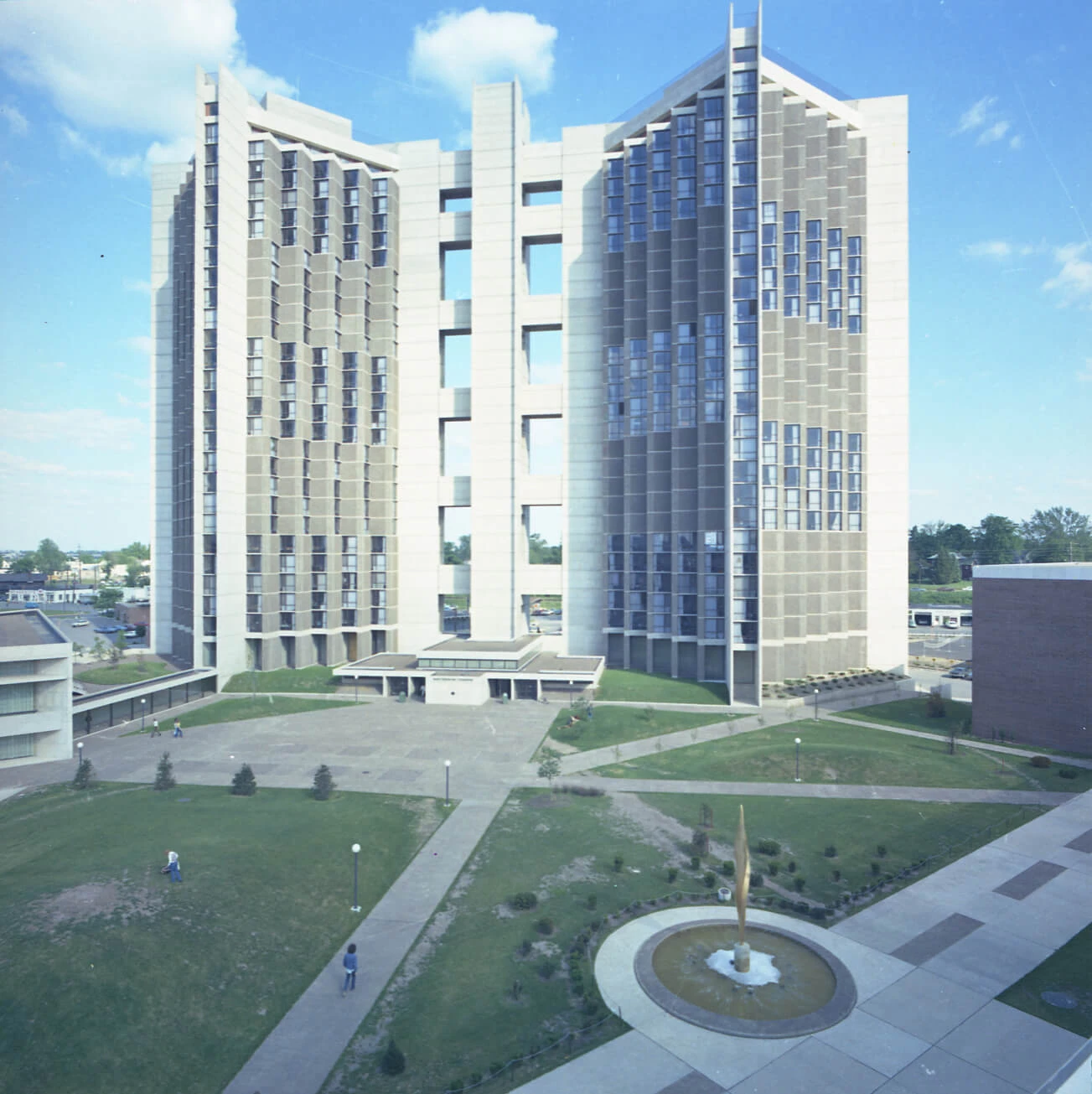1967
Who had the power to choose where they lived?Opposed to Open Housing
Some Normal residents were adamantly opposed to an open housing ordinance. They believed that it would remove their legal right to sell or rent to whomever they chose. The Normal Town Council could not decide how to proceed. Some felt they should delay and let the state enact an open housing ordinance, so they would not have to. Others thought an advisory ballot was the answer.
Open to Open Housing
Members of Bloomington-Normal’s NAACP, black Normal residents, as well as many ISU students were not afraid to voice their opinions on housing discrimination. Some Normal residents supported an open housing ordinance and had expressed their support by responding positively to letters sent by area churches asking if they were open to Blacks living in their neighborhoods.
Who had the power?
A Thoughtful Ordinance
Normal’s Human Relations Commission drafted a thoughtful ordinance, similar to Bloomington’s open housing ordinance, and presented it to the Normal Council in August 1967.
On September 11 an overflow crowd of about 150 attended a forum held to get community feedback on the ordinance.
Many spoke in support of the ordinance as written, including representatives from the Bloomington-Normal NAACP, the Area Council of Churches, and Club Women United.
Three speakers proposed a public advisory (non-binding) vote by the community. Two speakers objected to the ordinance as written, and one suggested an ordinance was unnecessary.
On the evening of September 18, the Normal Town Council, without allowing any debate or discussion, passed a rewritten ordinance that only members of the council had seen prior to the meeting. It excluded from coverage one and two family houses in which the owner lived.
The revised ordinance, according to Councilman Douglas Poe, who along with Councilman Charles Baugh voted against it, was “more harmful than helpful . . . allows some people to discriminate and won’t permit others to.”
Reaction to the council’s revised ordinance was swift and angry.

Dr. Charles Morris, a professor of mathematics at ISU, spoke in support of the ordinance. Morris and his wife Jean had themselves experienced discrimination when they moved to Normal in 1966. Realtors had refused to show or sell them homes in the neighborhoods they desired. Instead the realtors suggested they look elsewhere.
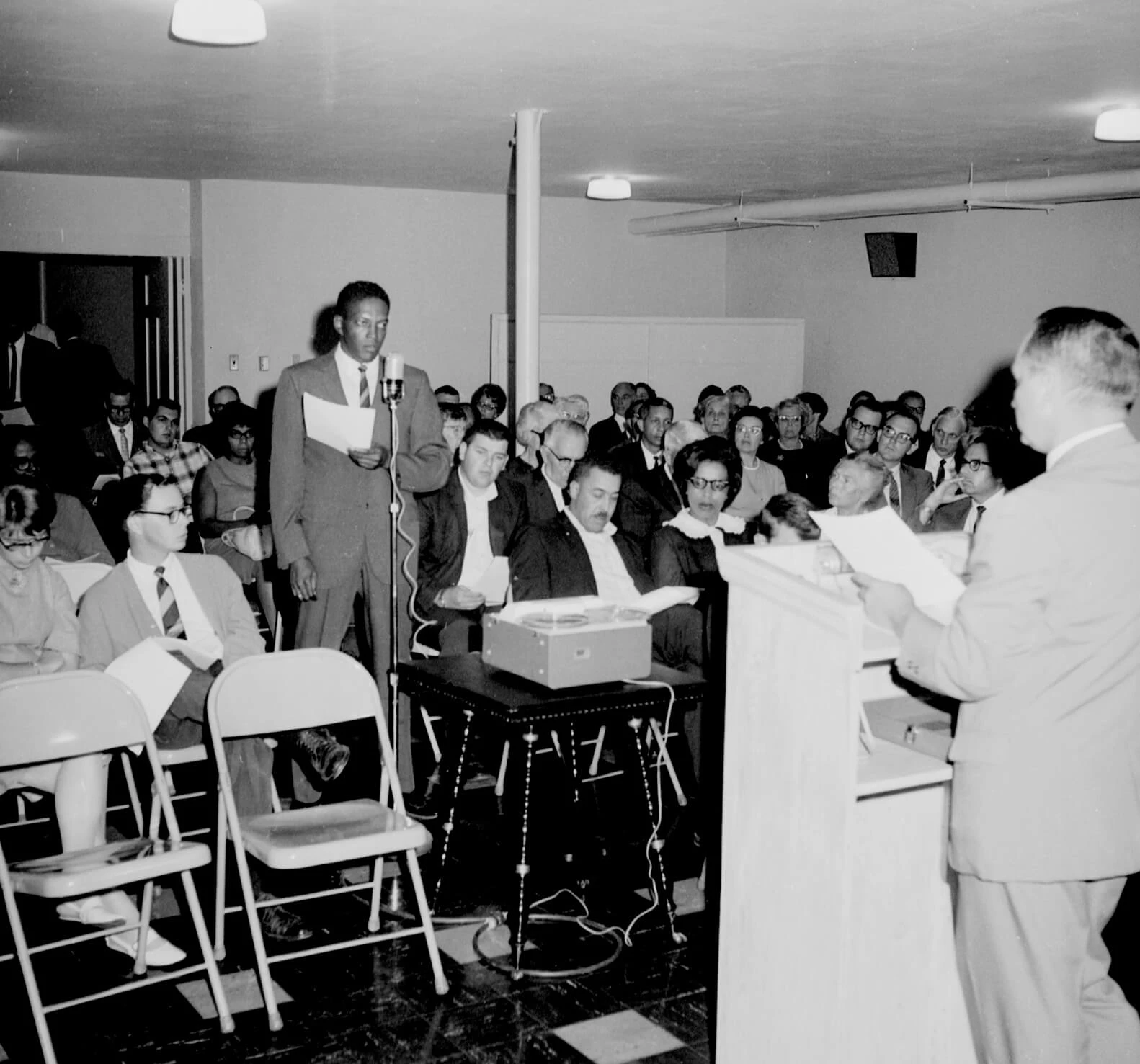
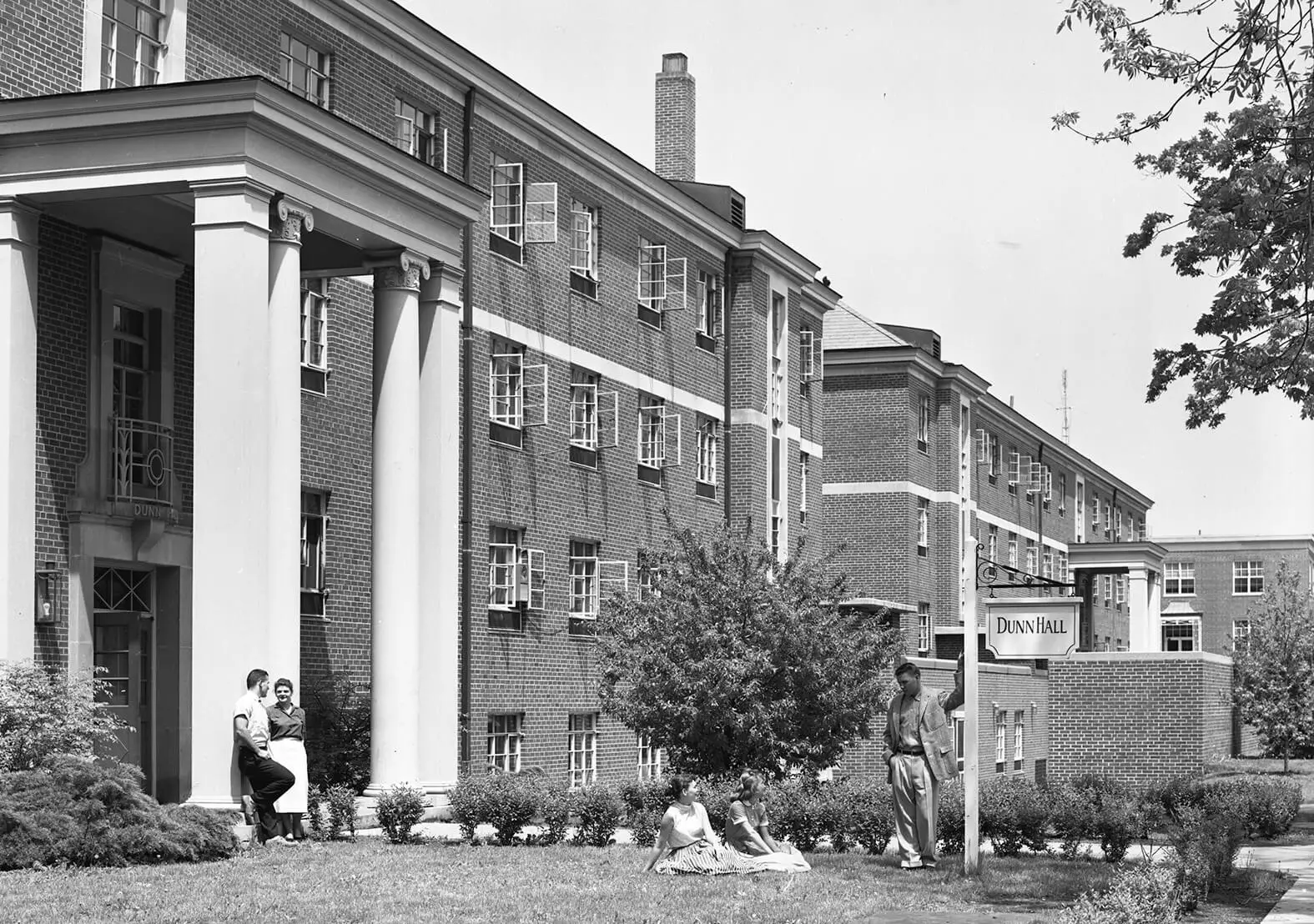
In the fall of 1967, ISU had a student population of 11,072, with the capacity to house only 5,737 — only 52 percent of the student population. Of the 5,335 who needed to find their own housing, if only 3 percent of these students were African American, 160 of them would have had to find housing where it was extremely limited because of discrimination.
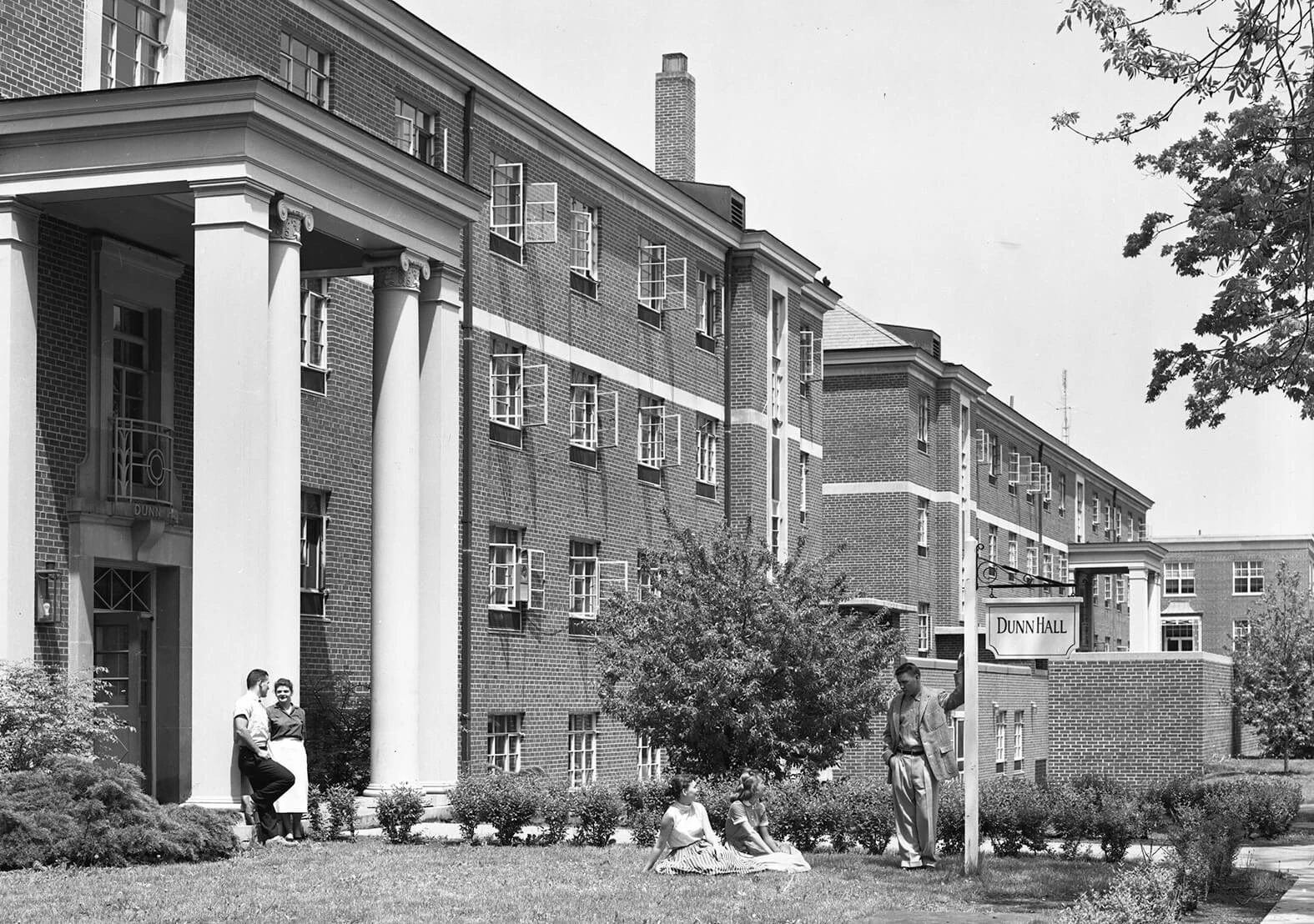
Evidence of Discriminatory Housing Practices
Bloomington-Normal’s Human Relations Commission had plenty of evidence of discriminatory housing practices.
In 1964 Dr. Ralph Smith, chairman of the Housing Committee of the Bloomington-Normal Human Relations Commission completed and mapped a mail-survey that showed neighborhoods where residents said they would welcome non-white neighbors.
Smith and his wife Ellen also worked to identify discrimination against black renters. When black couples seeking rental properties were turned away, the Smiths followed up to see if they, as a white couple, could rent the property. In instances where they could, the Smiths reported the owner of the rental unit to the Bloomington or Normal Human Relations Commission.
They did what they could to combat cases of discrimination, but because there was no ordinance, their efforts were limited.
On September 17 the pastor of Normal’s Calvary Baptist Church, Rev. Arno Wieniger, Jr. attacked the proposed Normal Human Relations Commission ordinance from his Sunday radio pulpit.
In the live radio broadcast he called it “un-American.”
“Racism is certainly wrong, but to attempt to cure it by forced selling or taking away our liberty to sell to whomever we please, is equally wrong. The proposed open housing ordinance is just a short step away from the collective Communist idea that private property is to be abolished... if the ordinance were enacted, you and I under fear of penalty or prison could be forced to sell our property to anyone.”
— Rev. Arno Wieniger, Jr.,
September 17, 1967
“People say, let's not rush into this; let's think it over for a while. By all means, don't be too hasty; slavery, ghettos, and oppression were good enough for our forefathers; why not for us? Let's wait a few hundred more years... How can anyone call himself a Christian when he so obviously puts himself above another in worth? And if this is the Christian attitude, does it mean that Negroes aren't Christians? Or is a Negro a good Christian only when he accepts inferior housing? ... White homeowners worry about being forced to sell to Negroes, but have no compunction about forcing Negroes to live in ghettos.”
— Mrs. Donald L. Thompson of Normal
Bloomington Pantagraph, September 21, 1967
Student Protests
Students responded with multiple protests, while members of the community voiced outrage via letters to the editor of Bloomington’s newspaper.
“Strong voices, giving logical, intelligent, and complete arguments, favoring legislation equal to Bloomington's were weighed against the emotional shouts of half-truths and tired old cliches always heard when the status-quo is threatened. As usual, logic is no match for emotion.”
— Timothy Bacon of Normal
Bloomington Pantagraph, September 22, 1967
“To attach a name to what Normal calls its open occupancy ordinance does not make it so. We prefer to call this sham the open bigot law... It excludes from coverage one and two family houses in which the owner lives. This is almost all of Normal. Bigotry now has sanction of law in Normal.”
— Merlin Kennedy and George Warren of the NAACP
Bloomington Pantagraph, September 25, 1967
In October the Town of Normal announced that an advisory ballot on open occupancy would be placed on the Normal municipal ballot the following March.
The results of the March 1968 referendum revealed that 54.5 percent favored an open occupancy ordinance of some kind. Of those voters, more than half supported the comprehensive ordinance drafted by Normal’s Human Relations Commission.
One month later, President Johnson signed the Federal Fair Housing Act, making it unnecessary for Normal to take action on a fair housing ordinance.
Reflection Questions
Who controlled whether the Town of Normal had an open occupancy ordinance?
What word(s) shown here describe why members of Normal’s Town Council ignored the voices of their constituents?
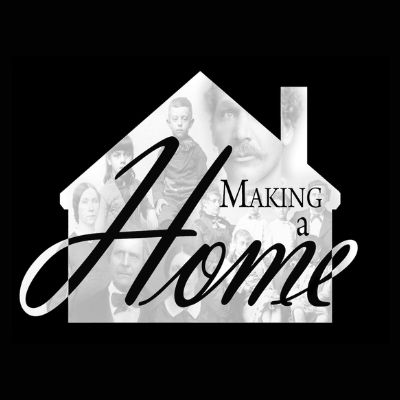 Making a Home
Making a Home
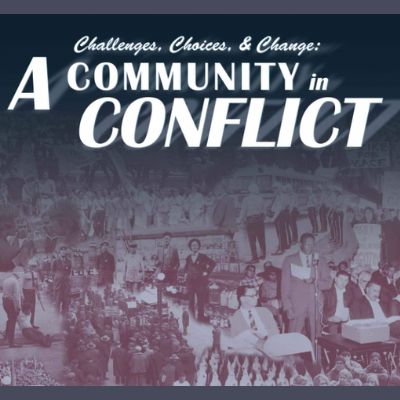 A Community in Conflict
A Community in Conflict
 Working for a Living
Working for a Living
 Farming in the Great Corn Belt
Farming in the Great Corn Belt
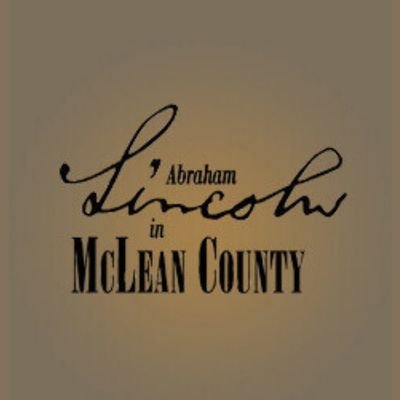 Abraham Lincoln in McLean County
Abraham Lincoln in McLean County
